Modelling is also acting, well actually a lot of acting
It’s all in the expression and poses and… a lot more
Over the years I’ve photographed many models in various locations and situations.
They range from trade shows on a booth measuring 2×3 mtrs to awesome castles. Modeling is also acting. a model should empathize in the shoot.
One thing I learned is that you can shoot in the most difficult or awesome locations, the model determines how the results will end up.
When I look for models the first thing of course, I look at is how the model looks. I don’t believe in size zero and love to shoot “real” people instead of Barbie dolls.
And that immediately brings us to the most important part.
Acting on 1/2000 of a second
When shooting a film we have several seconds, minutes, or hours to tell a story.
However with photography it’s 1/2000 of a second, well not exactly but you know what I mean right 😀
So one of the most important things for me when looking for models is actually expression, poses, and moving freely/naturally within the light setup.
And trust me this is much more difficult than you might think.
One of the tricks I use is to tell the model she/he should always be able to see the main light even if it’s just in the corner of her/his eyes. This way you will almost always have catchlights in the eyes, which in my opinion are really important. This doesn’t mean the images are not good when there are no catchlights, but in most cases, we want them in the eyes.
During a recent workshop with did some different expressions with our model Claudia.
As you can see these are totally different from just a pretty face on a picture, these really tell a story.
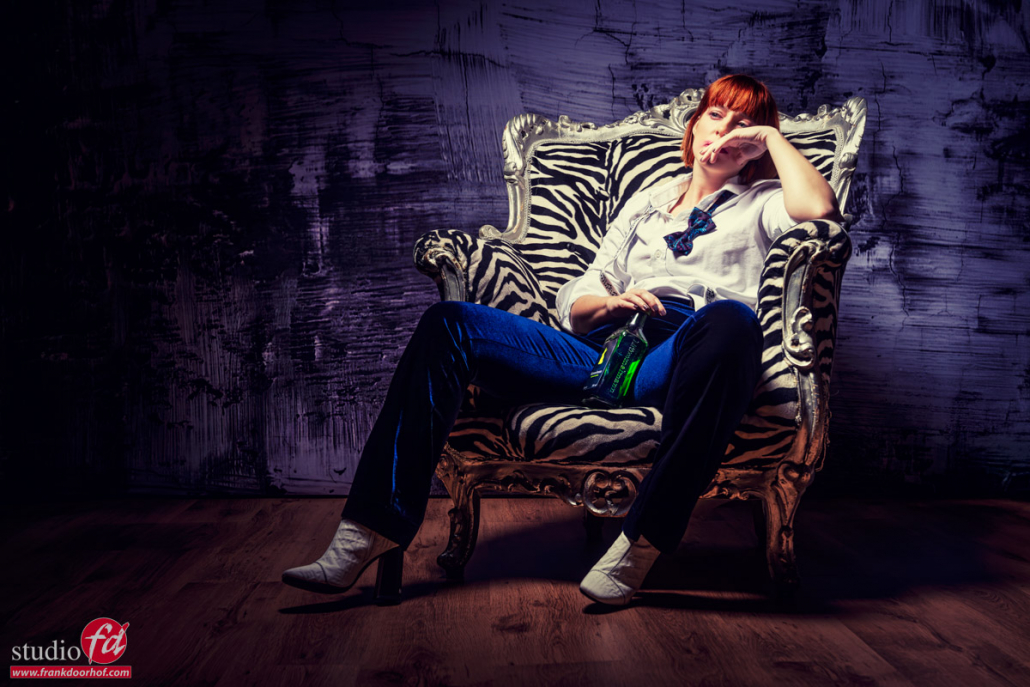
Modeling is acting and storytelling.
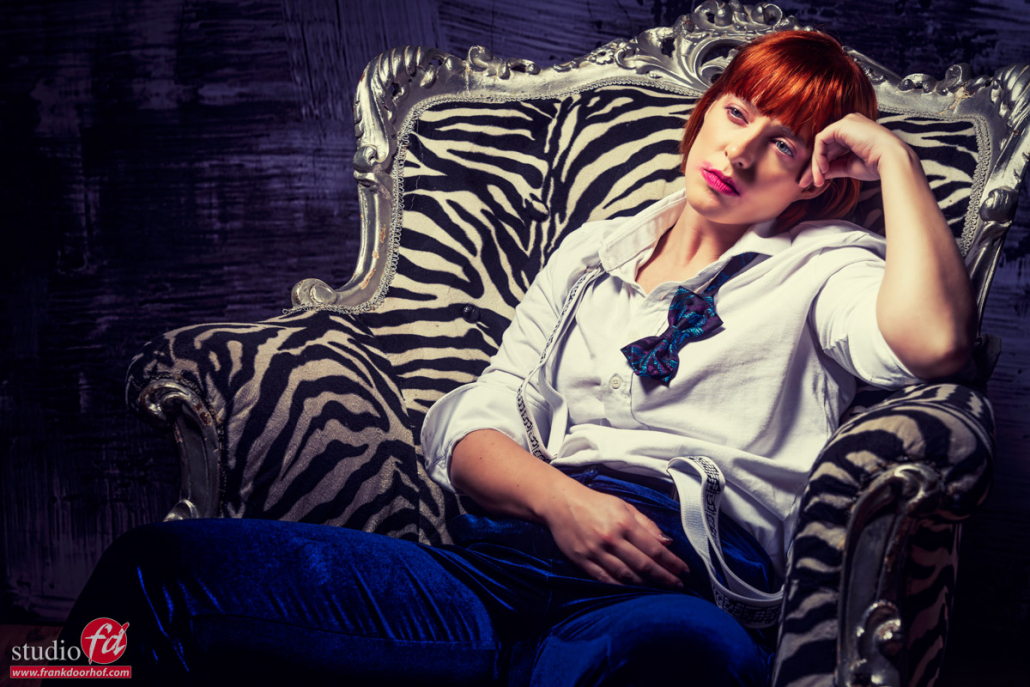
What is she thinking about?
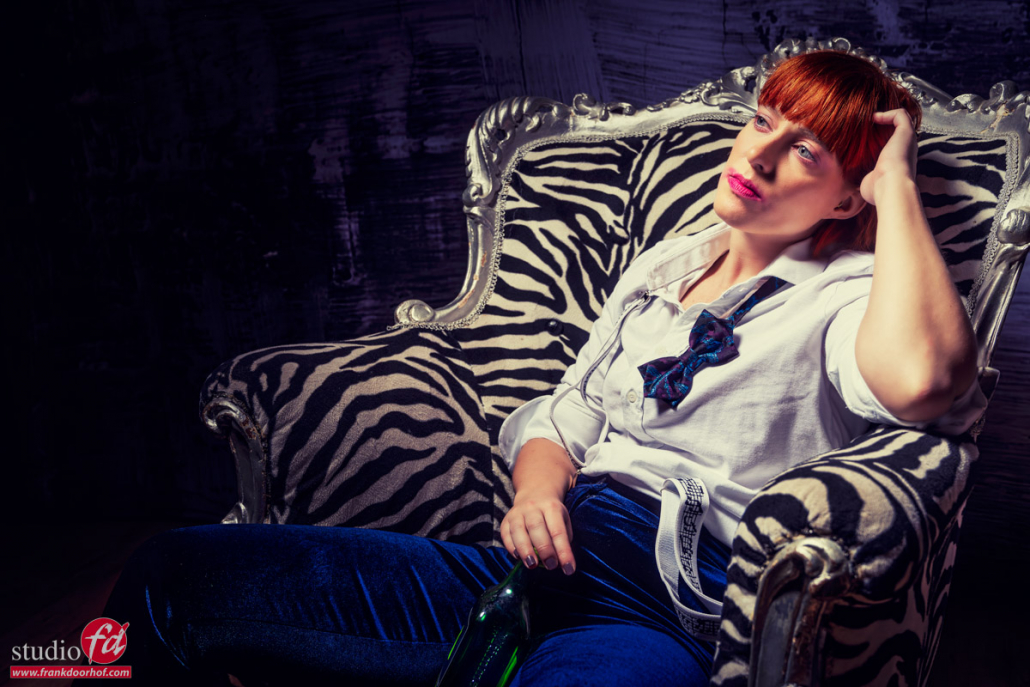
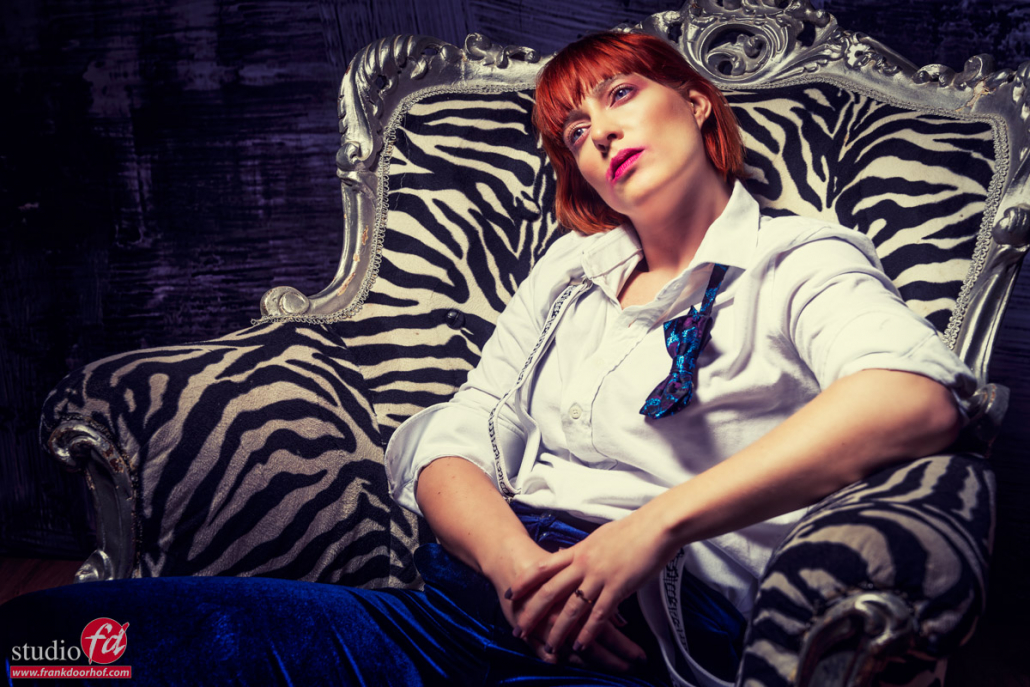
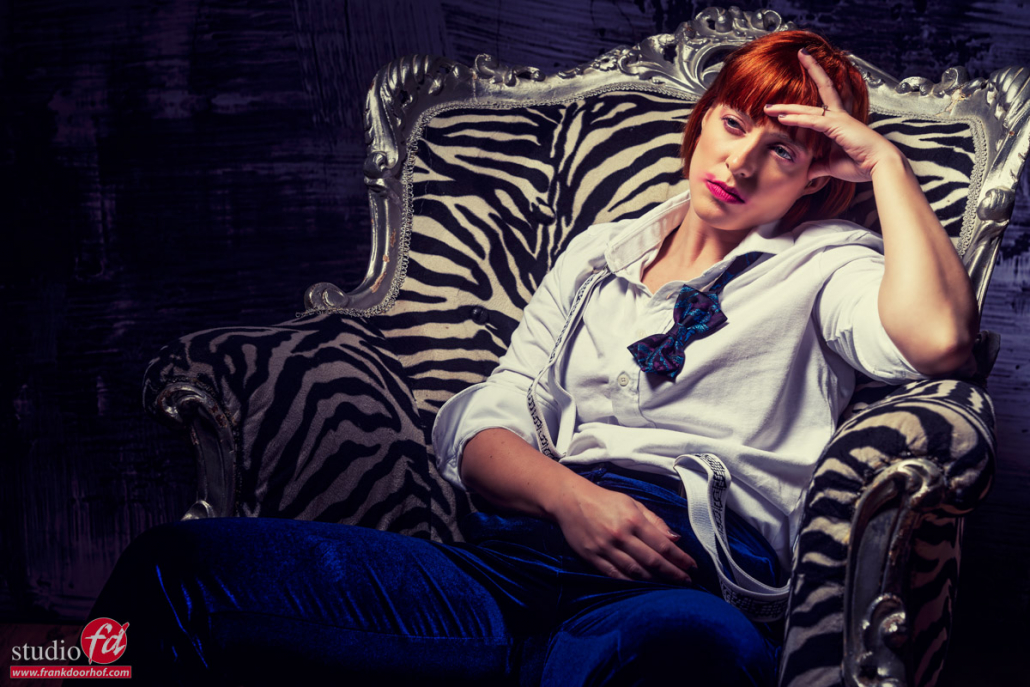
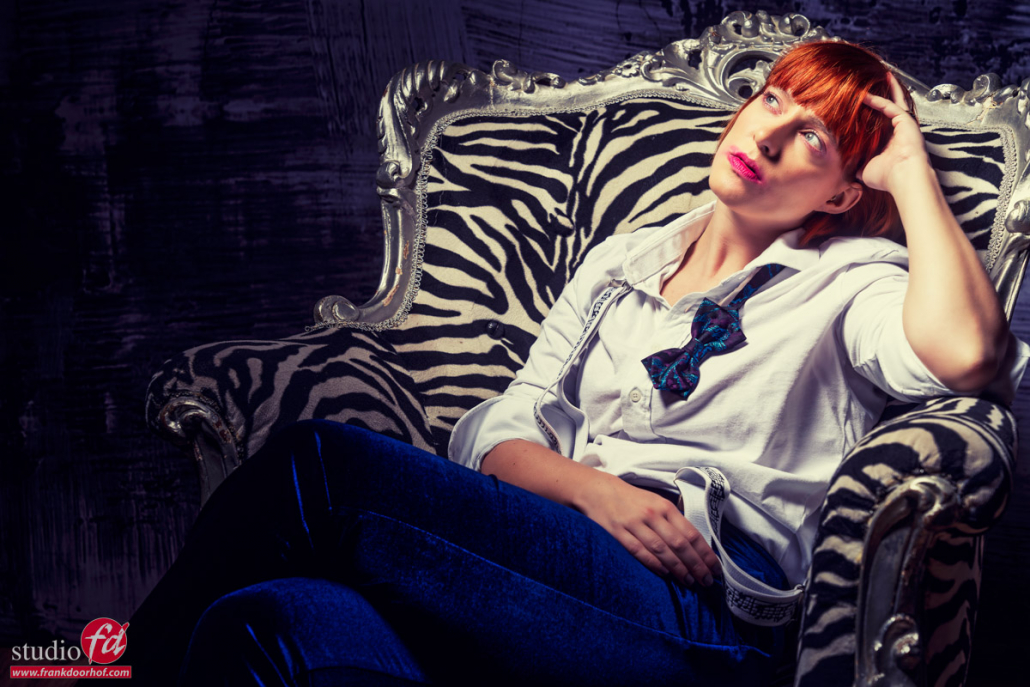
It’s not just expression, it’s acting
Of course, it’s not just the expression of your model.
Styling and the whole setting, including your light choice will help to cement your story into the images.
So always experiment with the whole setting.
It doesn’t make any sense to have makeup that is running with a smiling model against a white background doing jumps. But it can work wonders in a moody setting where the model is looking sad (see examples).
Now, of course, there is a time and place for these kinds of shots, and I will not tell you it always works.
Sometimes you need a model that looks …. well like she’s not really there. Some fashion brands love that look. In my opinion, the model in that setting is more a way to demonstrate the clothing and should not take away any attention to the clothing. I like the “lifestyle” photography more where we use the clothing/accessories in settings that give a “feeling” instead of just presenting. But as mentioned before this is 100% up to the client. However, it’s incredibly handy if you can deliver both. And in a lot of cases, this means I will ask my clients if I’m allowed to use our “own” models.
It happened too often that I end up on a trade show or location workshop and have a beautiful model but am bored after the first shoot.
And we have had situations where even a model in jeans and a tank top blew me away and didn’t need anything else.
So the next time you scout your models, maybe go for the ones that are also able to act 😀 Because modeling is also acting!
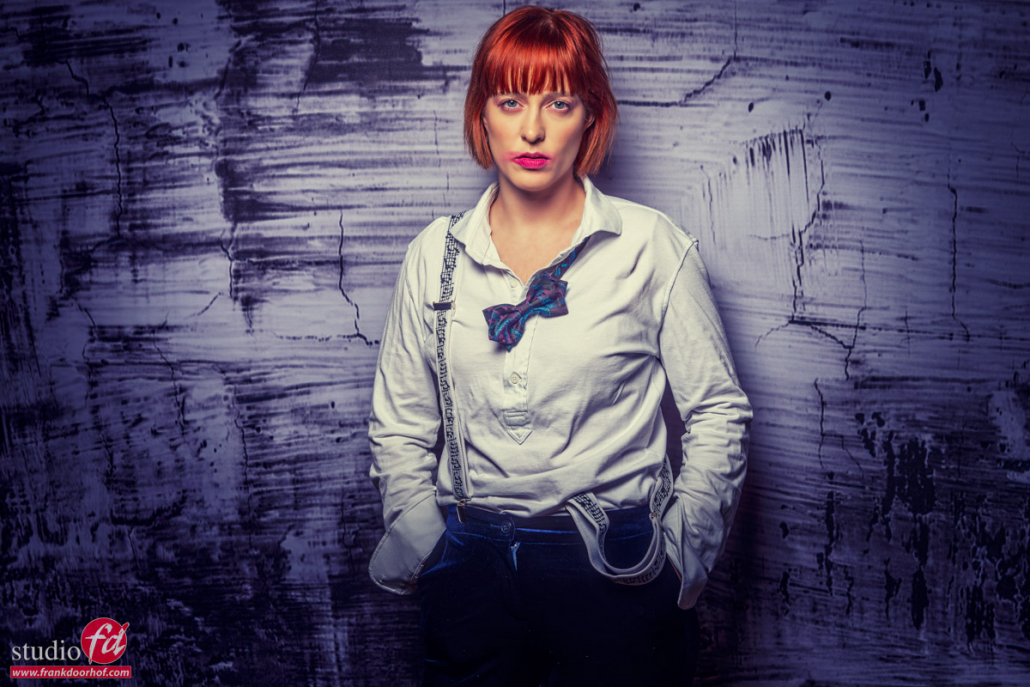
Check out this video about storytelling
Model Claudia uses seamless paper as a dress

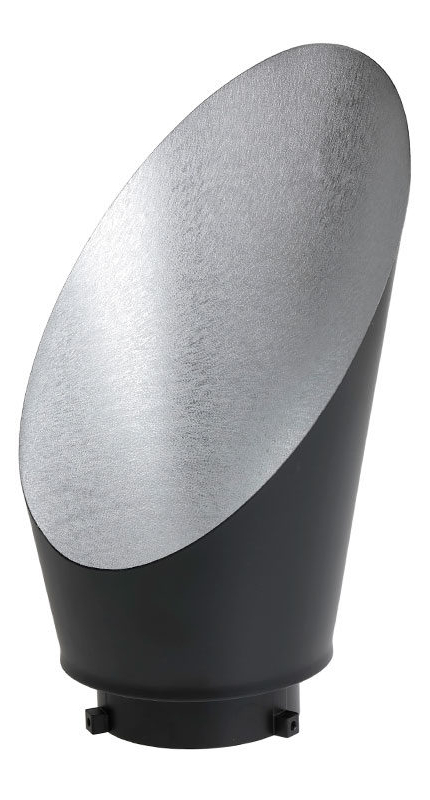
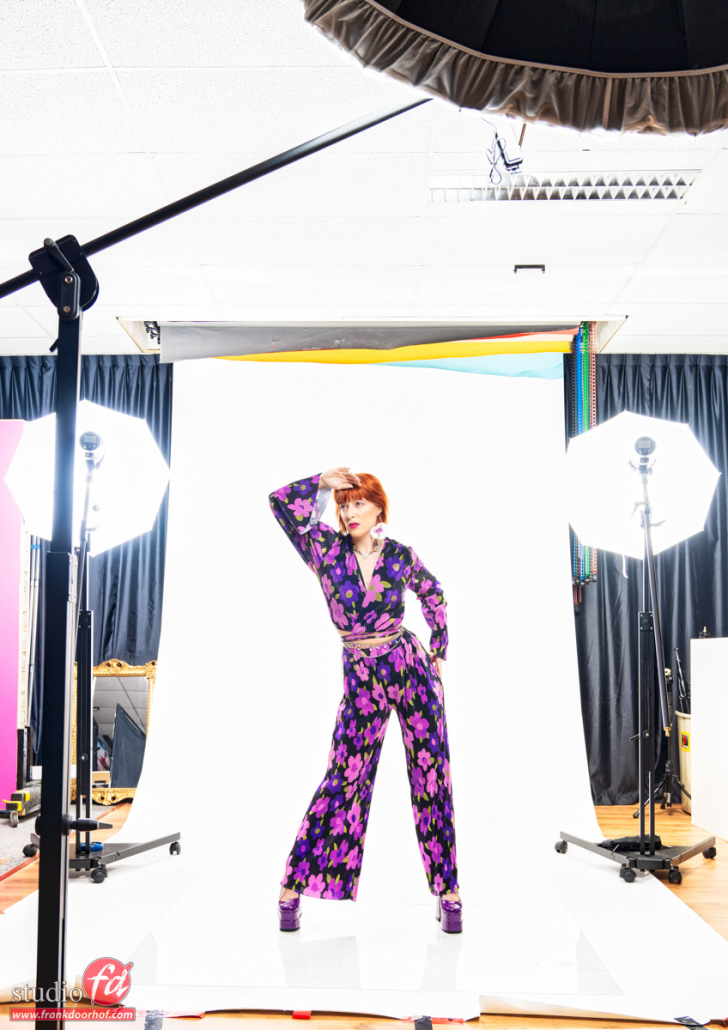
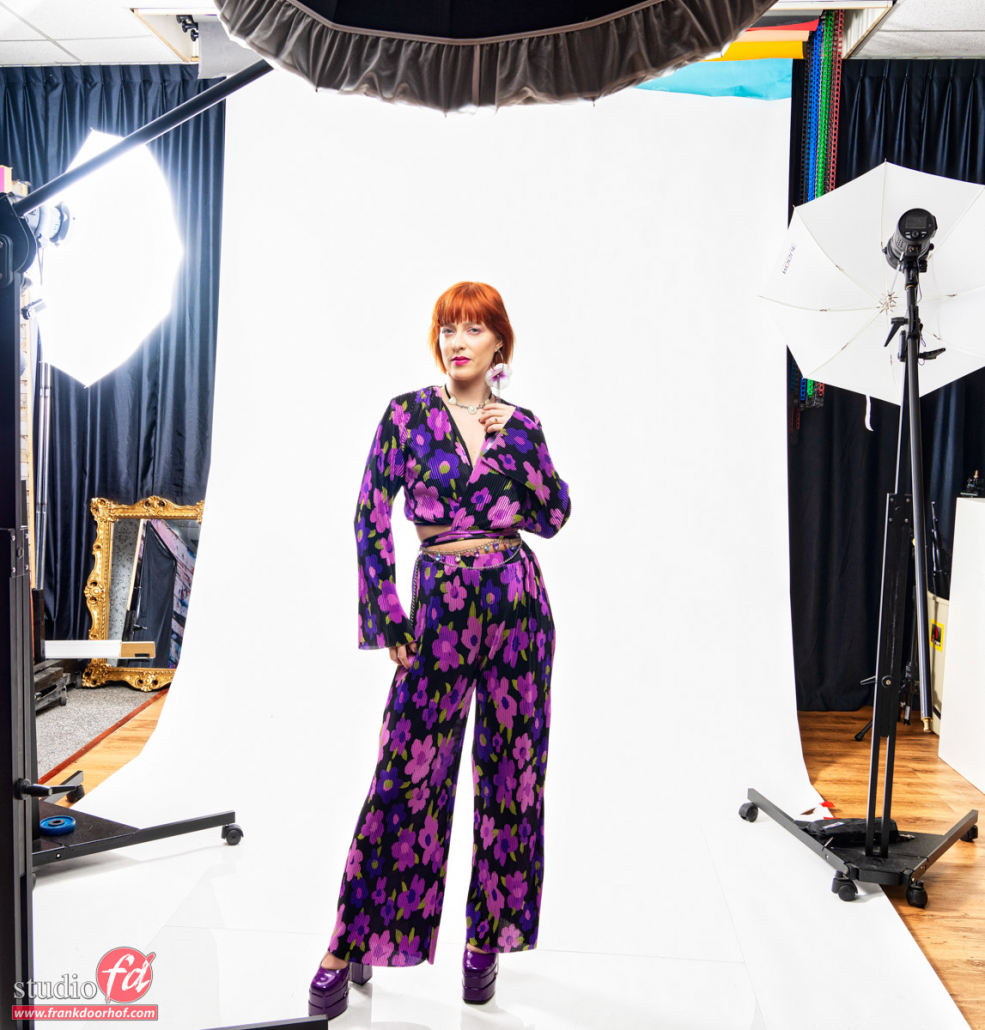
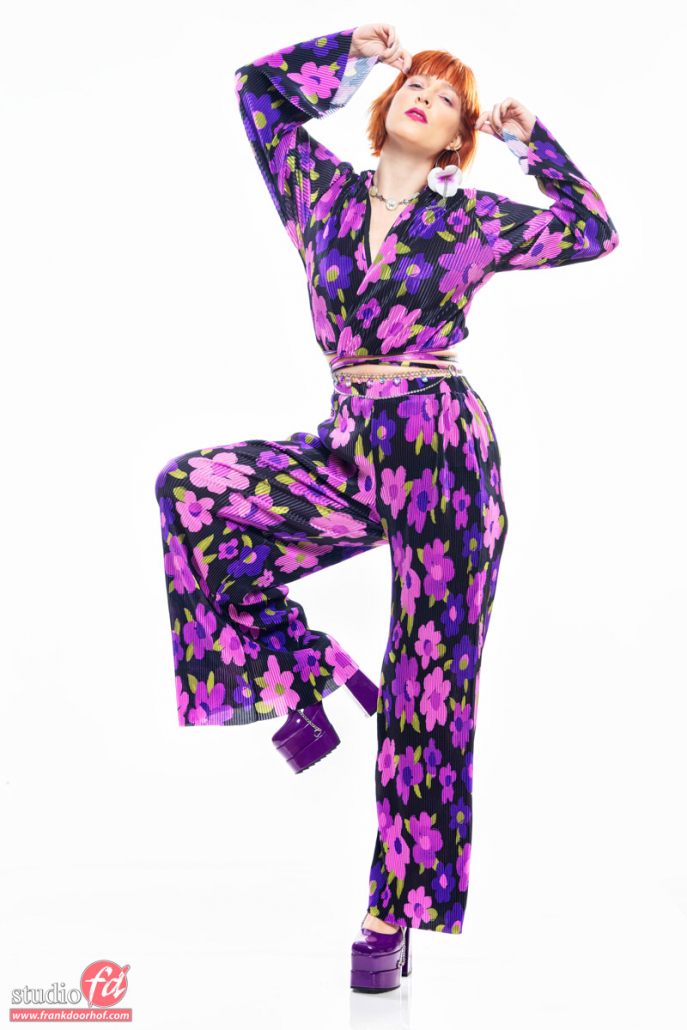
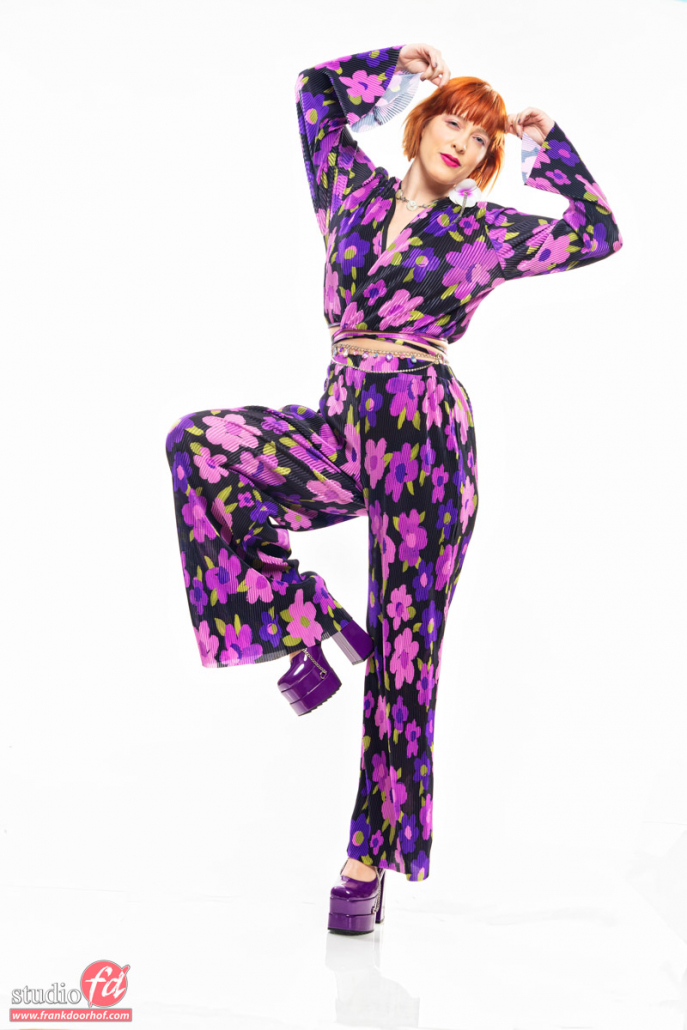
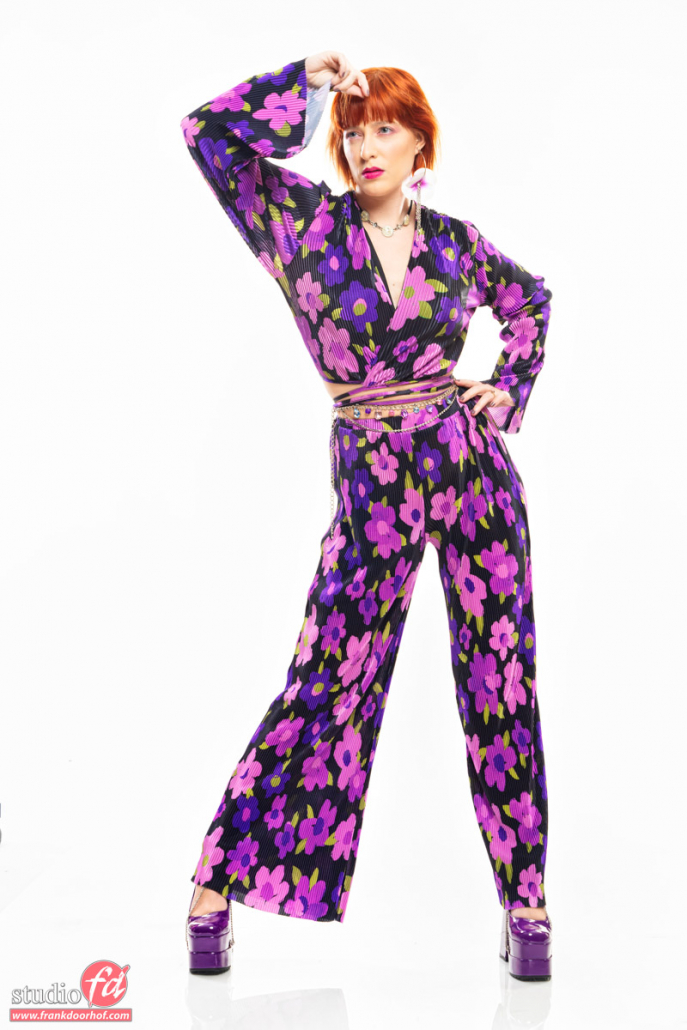
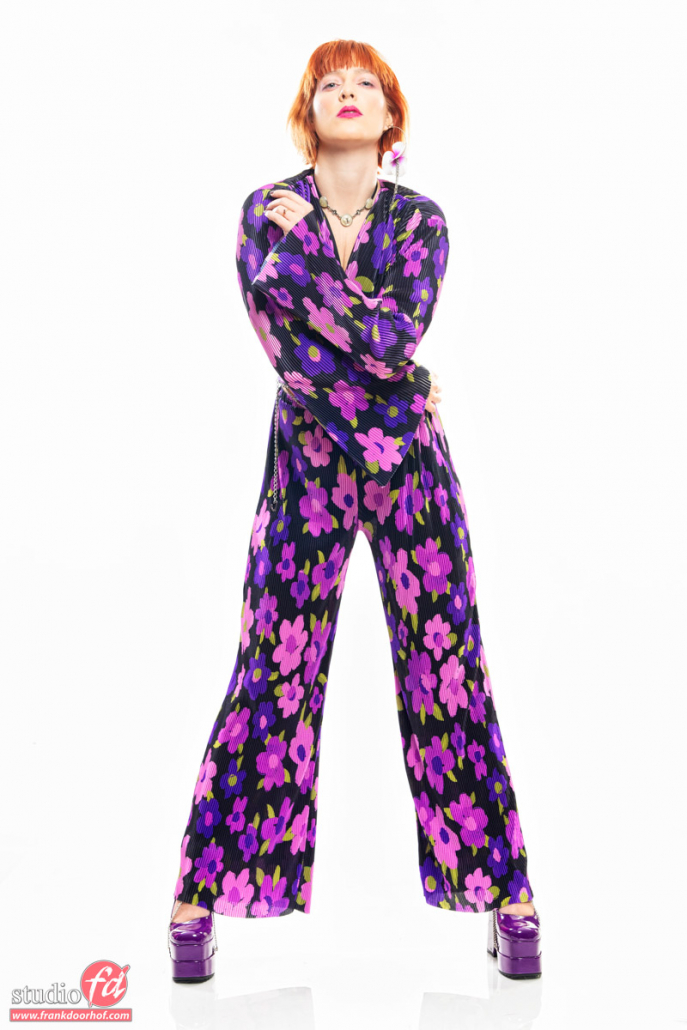
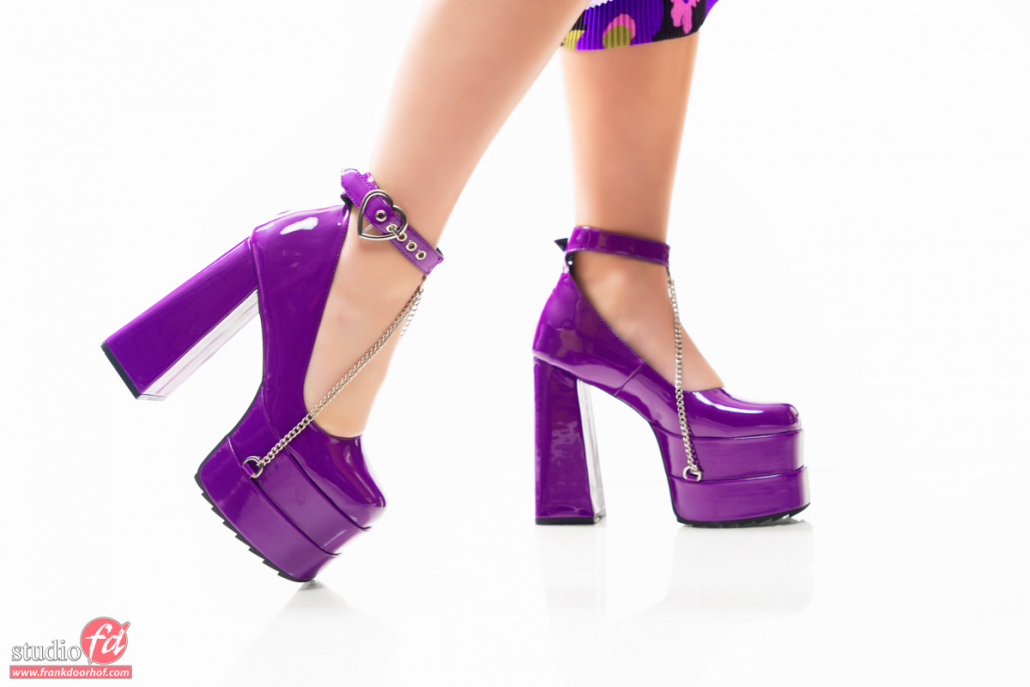
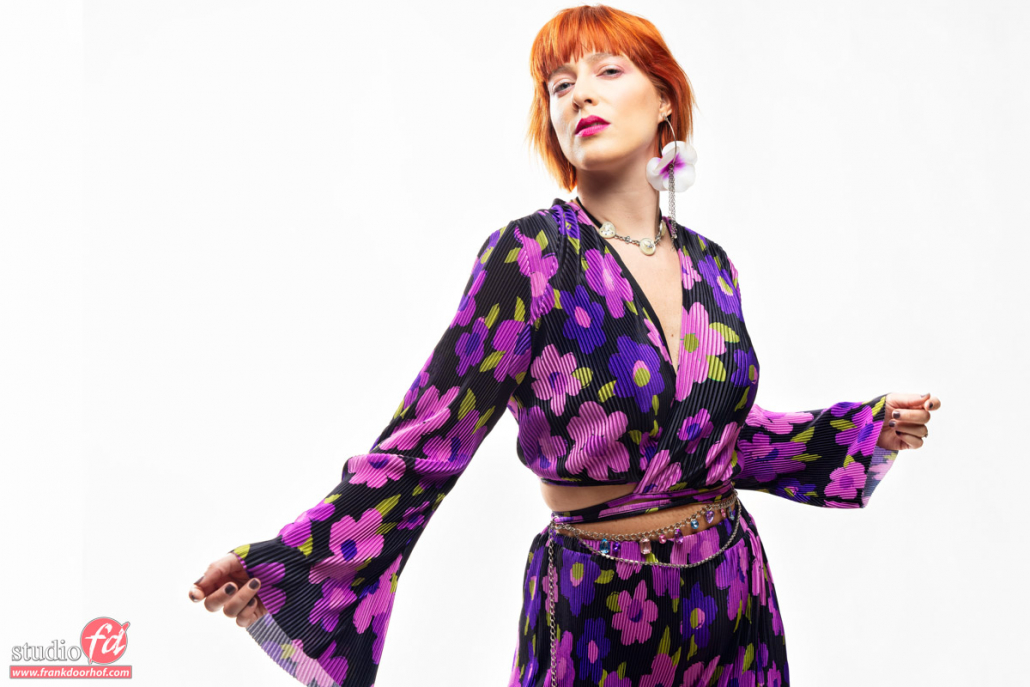
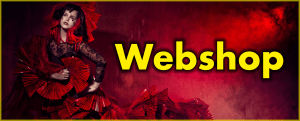
You must be logged in to post a comment.